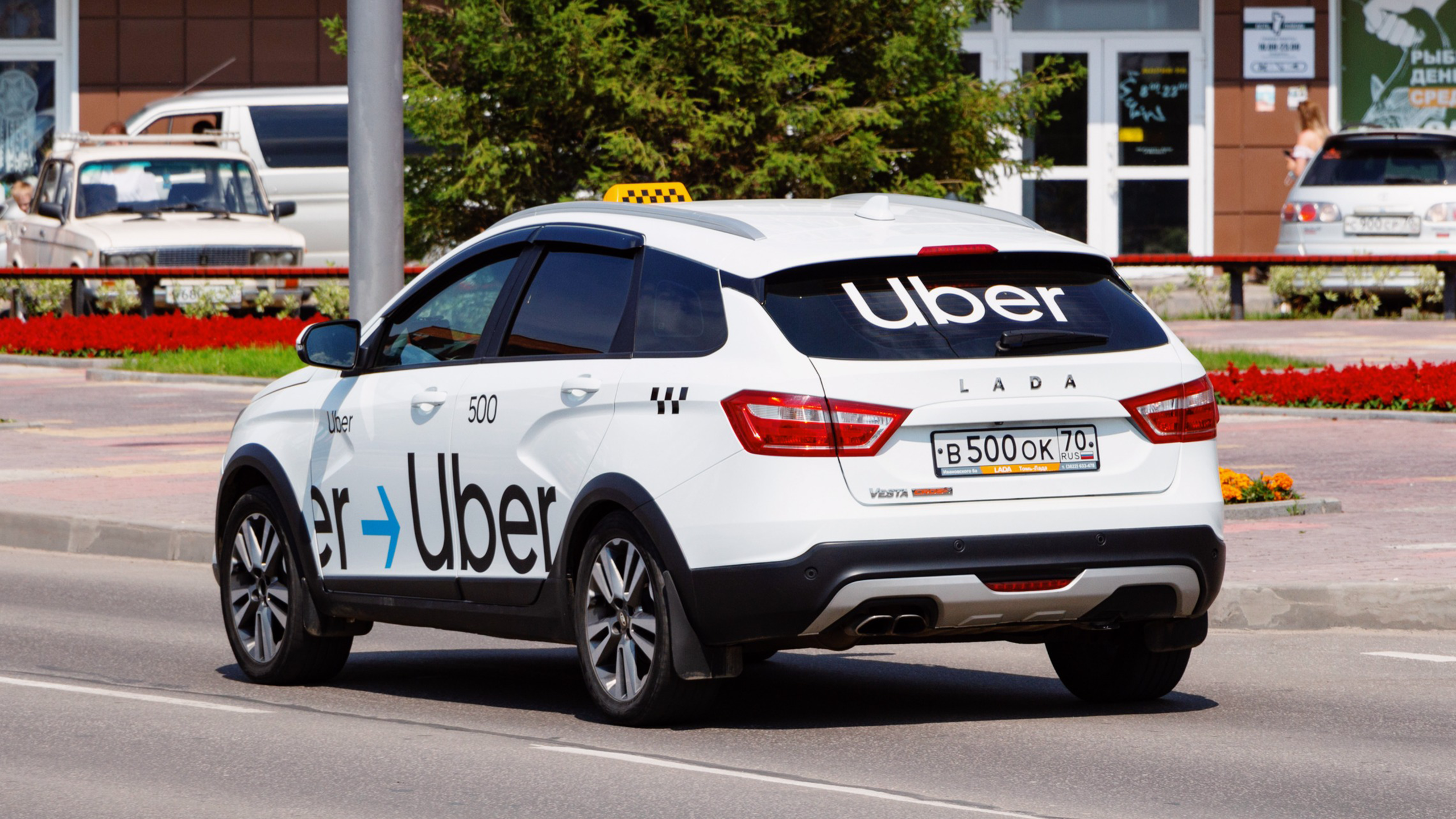Uber Takes a U-Turn Back to Unprofitability
A $721 million loss from equity investments in other companies pulled the entire company down to an overall loss of $654 million.
Sign up for smart news, insights, and analysis on the biggest financial stories of the day.
The good times, they never last.
After recording its first-ever annual profit last year, Uber swung back into the red in its first-quarter earnings on Wednesday. Analysts were largely surprised by the dip, even if the firm’s roadblocks are now all too familiar.
Destination Unknown
Uber’s core ride-hailing business remains trapped in the push-and-pull calculus of balancing rider, driver, and company incentives — push fares too high, or driver cuts too low, and risk tipping the entire thing out of balance. This time around, the math worked in the company’s favor: Income from operations hit $172 million, up from a $262 million loss a year ago.
Unfortunately for Uber, a $721 million loss from equity investments in other companies pulled the entire company down to an overall loss of $654 million — a far cry from the roughly $475 million profit most analysts expected.
Meanwhile, driver unrest, increased regulation, and flagging demand abroad continue to threaten the rideshare and delivery algebra:
- The firm remains in a standoff with Minneapolis and St. Paul over new gig worker classification laws, and is now threatening to leave the state of Minnesota entirely; disputes over similar legislation are still simmering in California and Massachusetts. Uber also attributed some of its losses to a $172 million payout to settle a class-action lawsuit with Australian taxi drivers.
- Meanwhile, gross bookings — the value of ride and delivery transactions on its app — came in below expectations, with ride bookings in particular underperforming. Uber specifically called out slowing demand in Latin America; a week ago, Uber also ceased operations in Pakistan, citing stiff local competition.
Lyftoff: Uber’s stock has steadily dropped from its all-time high of more than $81 in February following its first-ever annual profit. But Wednesday’s earnings flop sent shares to their worst one-day percentage drop since the market correction of October 2022 — with a plunge of $12 billion in market value. Ride-share baby brother Lyft, on the other hand, sang a much happier tune when it reported rosy earnings earlier this week. Lyft’s stock, now up over 25% year-to-date, popped on news of better-than-expected gross bookings and rideshare demand. Uber may now know why its own numbers slipped.












